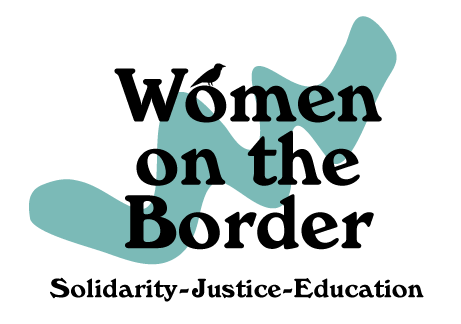The COVID-19 Pandemic
The COVID-19 pandemic exposed vast inequities in society and has generated much talk about the need for a stronger focus on equity in the vaccination roll out, especially for those who were placed at a greater risk due their employment or status.
However, the rush to get as many people vaccinated as possible prevailed. People with better connections have had greatest access and the impact has revealed, once again, the unjust impact based on race, class or citizenship status.
Distribution to those without access remains a pressing issue for those historically deprioritized and underserved in the access to health care resources, including immigrants.
Although community organizers are working hard to ensure vaccinations are reaching those most in need, the devasting impact on people of color persists.
Much has been documented on the disproportionate effects COVID-19 has had on Black, Indigenous and Latinx communities. The Racial Equity Tools website has compiled many resources to provide a good overview of data.
Latinx communities, which make up 18.5% of the US population, accounted for 29.2% of all COVID cases, but horrifically over 40% of all deaths for those ages 0 – 54. Many Latin American migrants who held front line jobs faced the pandemic with little to no protections and no options but to work.
Latinx majority neighborhoods, communities and suburbs in places like San Antonio, Texas, Chicago, Illinois or throughout California have been ravaged by the disease. Early in the pandemic, factories and food processing plants came under early scrutiny for failing to protect their workers with basic safety measures as their Latinx majority workers became infected and died at high rates. Those workers labeled “essential” were stripped of their humanity as their labor was prioritized over their health and welfare. And even in areas where vaccinations have reached, outbreaks are still occurring with resulting deaths.
Not surprisingly, vaccinations have also been slow to reach these endangered communities. In Illinois only 11.6% of all vaccinations have been within the Latinx community despite accounting for at least 18.1% of all infections (Illinois currently does not have racial data for 25.6% of all COVID 19 positive cases). Nationally vaccination rates in Black and Brown communities have been lower than their White counterparts, and even more so when compared to COVID 19 infection rates.
Vaccinations are now available to everyone 16 and older, but racial disparities continue in almost all 50 states.
Community organizers in historically underserved communities, including immigrant groups, are working to combat the negative impact of the inequities surrounding the pandemic and now the vaccination roll out. Health equity teams are reaching out through churches and cultural centers, calling those who do not speak English, do not have reliable access to the internet, or who may face other barriers to get vaccinated, and registering these individuals. This direct connection from trusted sources helps those who may be unsure or fearful of the process and what action they need to take to receive the life-saving shot.
Community groups are also raising the red flags with vaccine providers about how to create welcoming distribution sites. Although vaccines are supposed to be free, many clinics trigger distrust by asking for insurance and other ID cards at the time of vaccinations. Although neither is required to get a vaccine shot, such questions pose barriers in the midst of prejudicial media and political rhetoric. Some immigrants who aren’t informed in their own language of what is really required will simply avoid or walk away from a service offering the vaccine. That consequence doesn’t help them or the public! Community clinics based in churches and resource centers where immigrants can feel safe and trust the organizers, help to combat these justifiable fears and also ensure adequate translation and assistance through the process.
Finally, the public health crisis of COVID 19 is also at our borders. ICE is just starting more widespread vaccinations in detention centers nationwide. The lack of coordinated vaccination throughout most Latin American countries is likely to be seen in the increased numbers of the unvaccinated asylum seekers who fled their home country seeking refuge here to escape abuse and life threatening conditions. ICE vaccination planning must also be equitably applied to those arriving at our borders so as to ensure that the COVID 19 epidemic is not continually felt hardest by immigrants and underserved populations.
